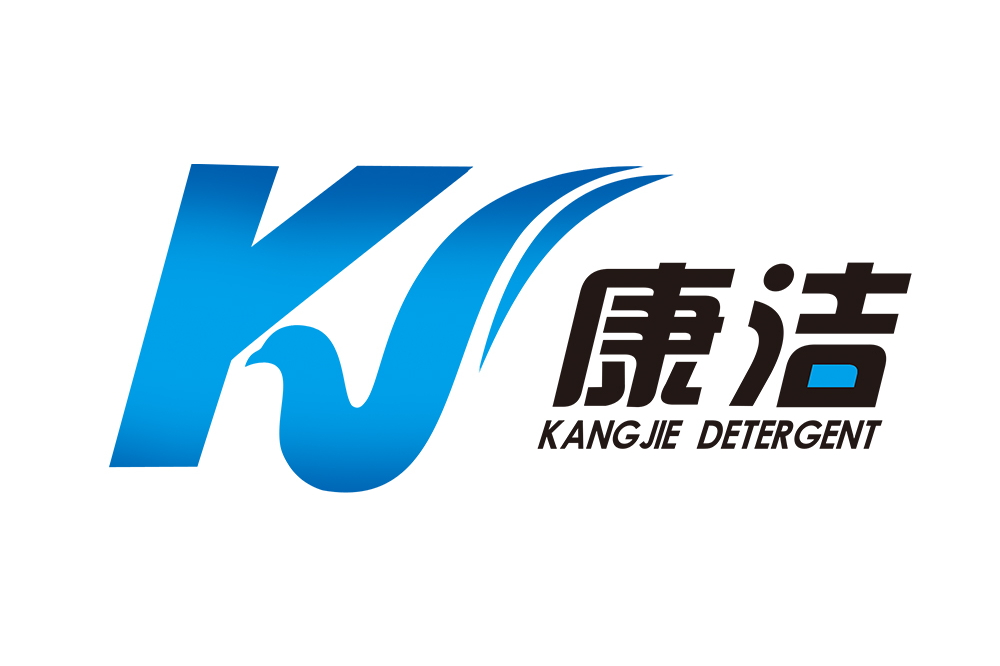Maintenir l'équilibre correct du pH dans les détergents est essentiel pour obtenir une performance optimale de nettoyage et protéger les tissus. Le niveau de pH d'un détergent influence son efficacité, sa sécurité et son impact environnemental. Dans cet article, nous analysons l'importance de l'équilibre du pH dans les détergents, en examinant comment il affecte l'efficacité du nettoyage, le soin des tissus et la satisfaction du consommateur.
Comprendre le pH dans les détergents : notions de base
L'échelle du pH s'étend de 0 à 14, avec 7 comme valeur neutre. Les détergents peuvent être classifiés comme acides (en dessous d'un pH de 7), neutres (pH 7) ou alcalins (au-dessus d'un pH de 7). La plupart des lessives sont formulées pour être alcalines, avec un pH généralement compris entre 9 et 11. Cette alcalinité aide à décomposer les taches et la saleté organiques, facilitant ainsi leur élimination lors du lavage. Toutefois, un pH excessivement élevé peut endommager les tissus, entraînant des décolorations, une usure prématurée et une détérioration du tissu. Par conséquent, les fabricants doivent trouver un équilibre afin de garantir que les détergents soient efficaces tout en restant doux pour les tissus.
Améliorer les performances de nettoyage grâce à l'équilibre du pH
L'une des principales raisons pour lesquelles il est important de maintenir un bon équilibre du pH dans les détergents est d'améliorer leur efficacité de nettoyage. Les détergents alcalins sont particulièrement efficaces pour éliminer les taches grasses et les huiles, fréquentes dans le linge domestique. L'environnement alcalin favorise la saponification des graisses et des huiles, les décomposant en particules plus petites qui peuvent être facilement emportées par le lavage. Toutefois, si le pH est trop élevé, cela peut entraîner la dégradation des agents tensioactifs du détergent, réduisant ainsi son pouvoir et son efficacité de nettoyage.
Protection des tissus : le rôle du pH dans l'entretien des matériaux
En plus de la performance de nettoyage, le niveau de pH d'un détergent joue également un rôle important dans l'entretien des tissus. De nombreux tissus, comme la laine et la soie, sont sensibles aux niveaux élevés de pH. L'utilisation d'un détergent alcalin sur ces matériaux peut entraîner des dommages, provoquant une perte de couleur et un affaiblissement des fibres. En formulant des détergents avec un pH équilibré, les fabricants peuvent garantir que leurs produits sont sûrs pour une plus grande variété de tissus, améliorant ainsi la satisfaction client et réduisant les risques de retours.
Impact environnemental : Équilibre du pH et durabilité
En outre, l'impact environnemental des détergents est de plus en plus important aux yeux des consommateurs. De nombreuses personnes deviennent plus conscientes des produits chimiques qu'elles utilisent dans leur foyer et de leur impact sur la planète. Les détergents à pH équilibré sont souvent plus biodégradables et moins nocifs pour la vie aquatique lorsqu'ils pénètrent dans les cours d'eau. Cette considération s'aligne sur la tendance croissante vers un mode de vie durable et des produits respectueux de l'environnement. Les entreprises qui accordent une priorité au pH équilibré dans leurs formulations peuvent ainsi séduire les consommateurs soucieux de l'environnement, renforcer leur réputation de marque et améliorer leur attractivité sur le marché.
Tendances dans les formulations de détergents : Miser sur l'équilibre du pH
Alors que l'industrie de la lessive continue d'évoluer, une tendance notable se dessine vers des formulations plus innovantes qui privilégient l'équilibre du pH. De nombreuses marques investissent dans la recherche et le développement afin de créer des produits non seulement efficaces, mais également sûrs pour les tissus et l'environnement. Ce changement reflète une prise de conscience plus large quant à l'importance de la durabilité dans les processus de fabrication. Par ailleurs, les consommateurs recherchent de plus en plus des détergents équilibrés en pH qui offrent une haute performance sans compromettre la sécurité ni la responsabilité environnementale.
Conclusion : Le rôle indispensable de l'équilibre du pH
En conclusion, l'importance de l'équilibre du pH dans les détergents ne peut être surestimée. Il influence directement l'efficacité du nettoyage, l'entretien des tissus et l'impact environnemental. Alors que les consommateurs deviennent de plus en plus exigeants quant aux produits qu'ils utilisent, les fabricants doivent privilégier l'équilibre du pH dans leurs formulations afin de satisfaire les attentes des clients et de rester compétitifs sur le marché. L'avenir de l'industrie des détergents verra probablement une innovation continue dans les produits équilibrés en pH, répondant ainsi à la demande croissante de solutions de nettoyage efficaces et respectueuses de l'environnement.

